What fascinated us so much in Guacamayas is not only the fact that it is one of the picturesque little towns in the Andes Mountains where you can meet cheerful descendants of indigenous people. Our attention was drawn to every detail, colorful curb, frame, sculpture, abstract mural, all handmade or painted, forming a coherent whole of the artistic mosaic. On December 7 the Christmas celebrations officially start in these parts and and the moment becomes spectacular as a new element is introduced to this kaleidoscope of colors: a light. Imagine thousands of candles and little lanterns arranged in rows along each street. The whole city illuminates with warm hues, ready for arrival of the procession and the local orchestra proclaiming the Immaculate Conception of the Virgin Mary. How come such strong Catholic customs are held in the old lands of worship of Pachamama, the Inca goddess of the Earth? I am searching for an answer to this question by reaching back to history and matching the facts with traditions and views encountered nowadays in South America during our over one year motorcycle journey across this continent.
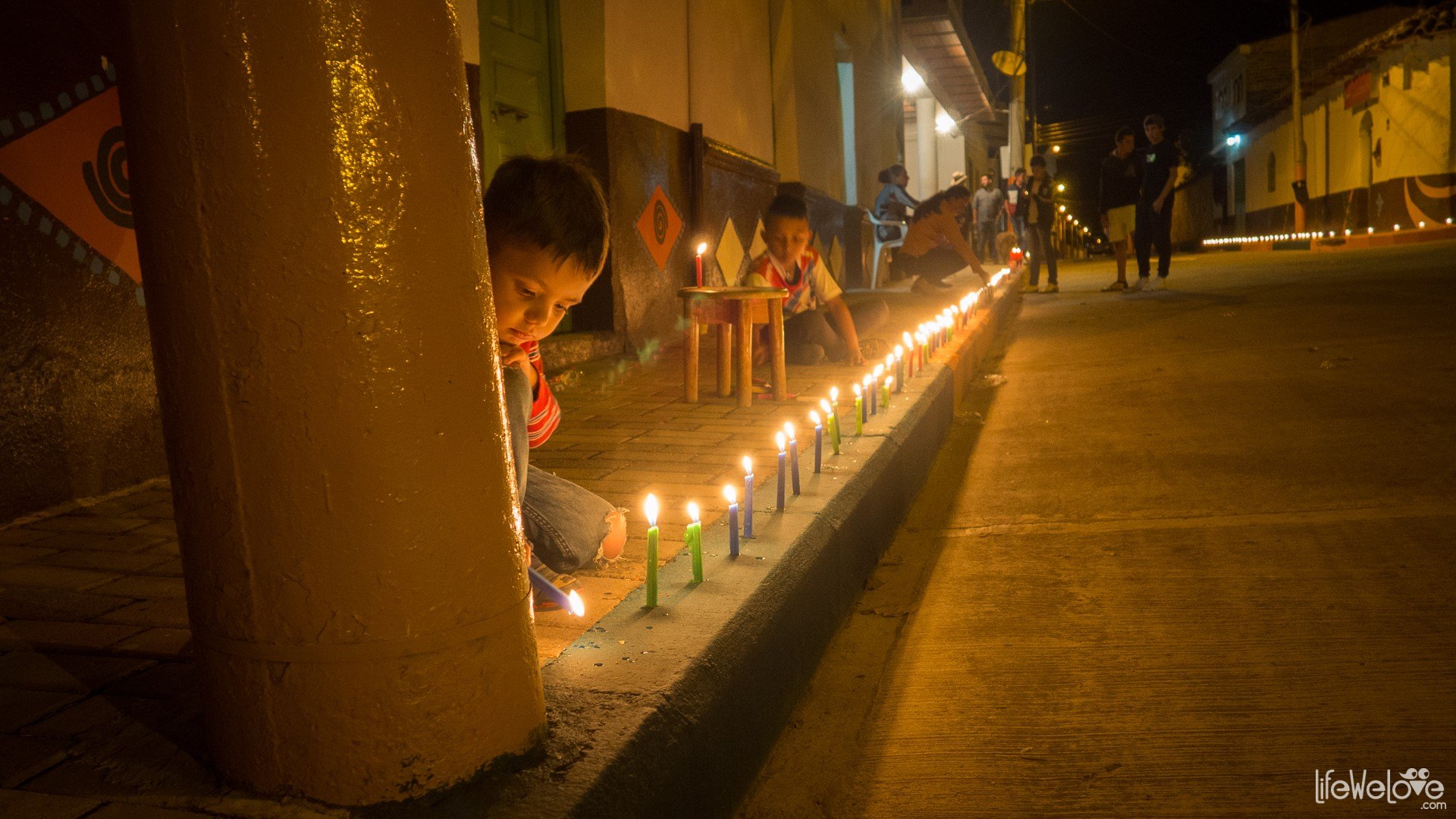
The Bible in a hotel room
Colonial influence in Latin America and the effect of Christianization are visible everywhere, even, and perhaps especially in high mountains and villages in the middle of nothing. Built from the 15th century Catholic churches seem to be the center, the beating heart of local communities and their small civilizations. In the alpine town of Guacamayas in Colombia, Christian songs of the morning mass spread through the loudspeakers to all surrounding streets, squares and bakeries. It seems that the cultural and social rhythm of the town beats according to the Catholic calendar. In Latin America, the number of believers is 500 million, which is 40 percent of all baptized Catholics around the world. From Mexico and then further south, it became very noticeable.
Cars, buses, taxis are often decorated with images of biblical figures, with the slogans which translated to English sound more and less like: "I travel safely, because with God", "The Lord is my Shepherd, I fear nothing", "Jesus is my friend and he never fails". Maria's statues and her little altars often appear in places of public services such as restaurants, hotels, shops, and even at smaller gas stations and post offices. The Bible is sometimes displayed at the hotel reception or even included in the room set for guests, next to a towel, soap and TV remote control. [Of course, this does not apply to the popular "love motels" rented per hours with a totally different gadget assortment.] Many Catholics we encountered in Latin America would press a photo of John Paul II to the heart or kiss.
Perhaps after more than 500 years from the time of the first evangelists and their aggressive methods of conversion in Latin America, it is hard to imagine differently. What happened at the end of the fifteenth century, after the landing of Christopher Columbus in America, left a bloody stigma on the indigenous population. Christianity was not an option then, but a sword, fire and mass murder in the name of the Catholic faith "justly elevated, strengthened and expanded among the barbarian nations" according to the decree of Pope Alexander VI. Some sources call it genocide, referring even to the number of inhabitants of the island Hispaniola, or Haiti, located in the Caribbean Sea. Before the evangelizers arrived in 1502, more than 1,000,000 indigenous people lived on the island, and after 15 years of Christianization - only 1,000 remained. Therefore, contrary to appearances, the subject of religion and faith is very delicate in these parts and while many Latinos find peace and fulfillment in the church or appreciate the support of missionaries in remote corners of the world, the history of ancestors and their tragedies still stays in memory of many Indians and arouses nostalgia or anger. The Columbus Day introduced in 1934 and celebrated on the second Monday of October evokes controversy and is increasingly criticized. It commemorates the landing of Columbus in 1492 on the island named by him San Salvador, belonging to the Bahamas archipelago. This date was widely accepted as the day of the discovery of America. Historians, however, remind us that it was the viking Leif Ericson, who came first to America for about 500 years before Columbus. According to them, America has been inhabited for at least several thousand years by tribes that came across the Bering Strait from Asia. Columbus, in the eyes of many, is not only an Italian sailor who, by mistake instead of India, came to the American land, thus establishing a new breakthrough in history, but above all a tyrant, murderer, slave hunter, conqueror of the original traditions and culture of these parties.
John Paul II, The Polish Pope understood the issue. During his pilgrimage to Latin America, he apologized for the sins of the Church: inquisitions, bloody crusades, intolerance towards other religions and cultures. One has the impression that with his attitude he gained the sympathy and respect among many and softened the face of the church.
Therefore, regardless if one belongs to the church or how honest is in Catholic fervor, Karol Wojtyła is often perceived in these parts as a good and wise man who truly loved other people. A motorcyclist from Chile whom we met, a guy in our age with interest in law and history, he recalled with appreciation an interference of the Polish pope in the matter of the territorial conflict between Chile and Argentina. He even claimed that the apostolic journey in the 80s of John Paul to Chile and Argentina, in which he appealed for peace and reconciliation, helped to avoid a war between countries that had been in territorial disputes for over 100 years.
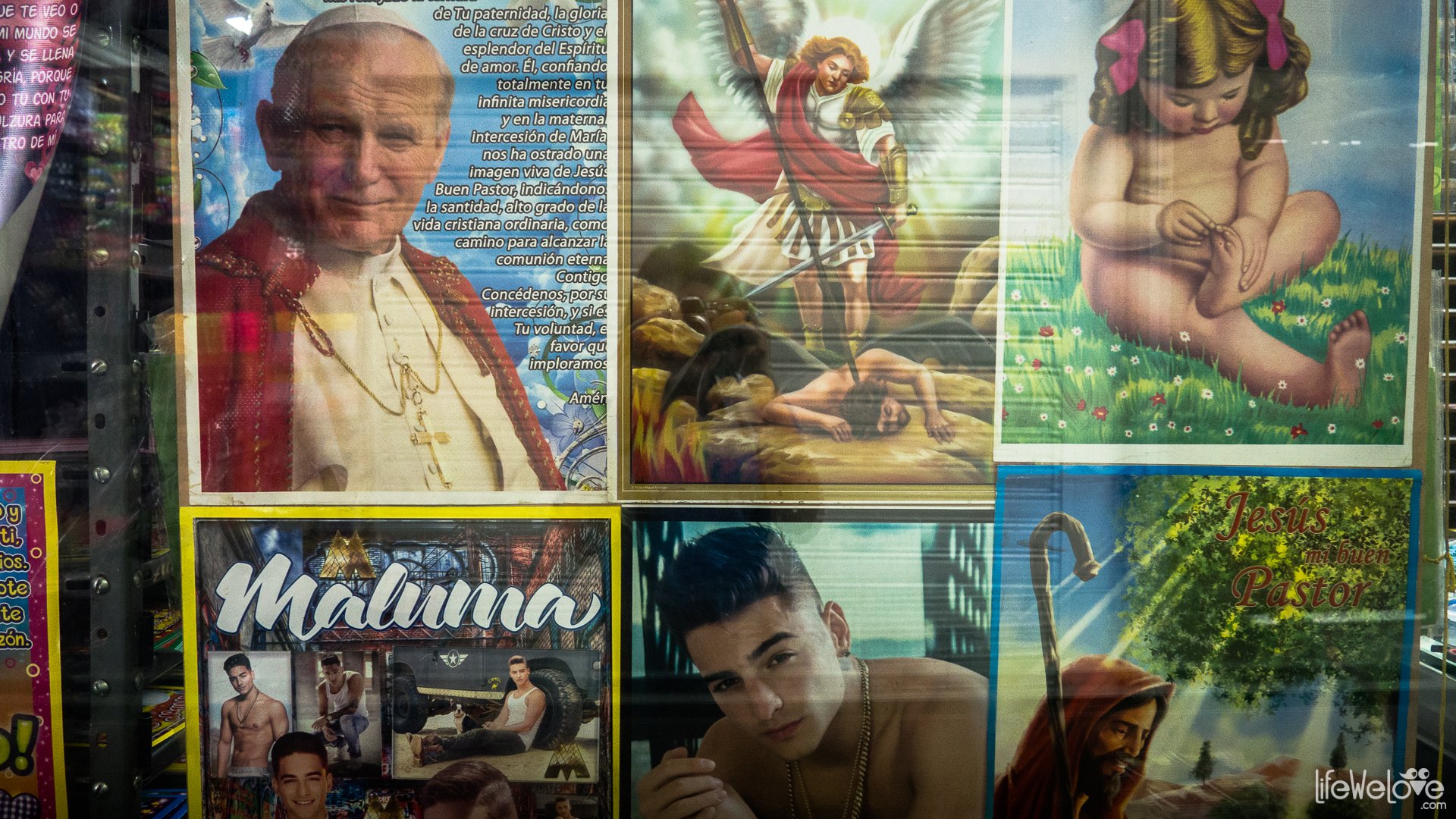
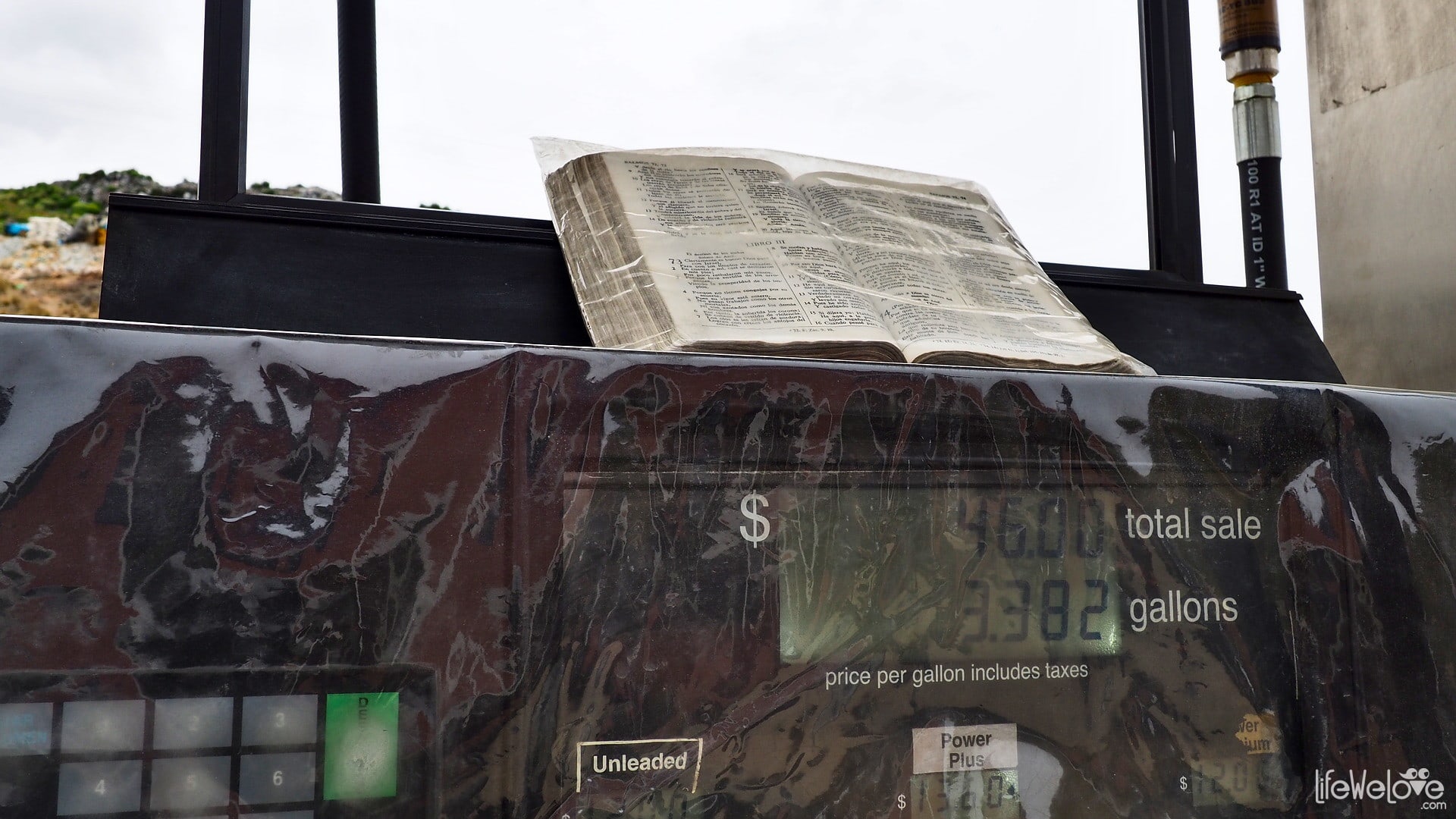
Dia de las velitas: Festival of Candles
While reflecting on the complexities of life and the genesis of religious traditions, I look at the inhabitants of the small, colorful town of Guacayamas in the Andes in Colombia. Almost all of them are jointly absorbed in preparations for starting Christmas celebrations. This evening a mass and a grand procession will take place in honor of the Mother of God, who miraculously conceived the Son of God.
Along the streets, children, parents, aunts and uncles - they all add Christmas decorations to shutters and terraces, and put candles and lanterns along the curbs, so that at dusk the city will shine with thousands of glimmers announcing the big event. We stroll through the town admiring the colorful murals of local artists, creating a unique atmosphere of this place.
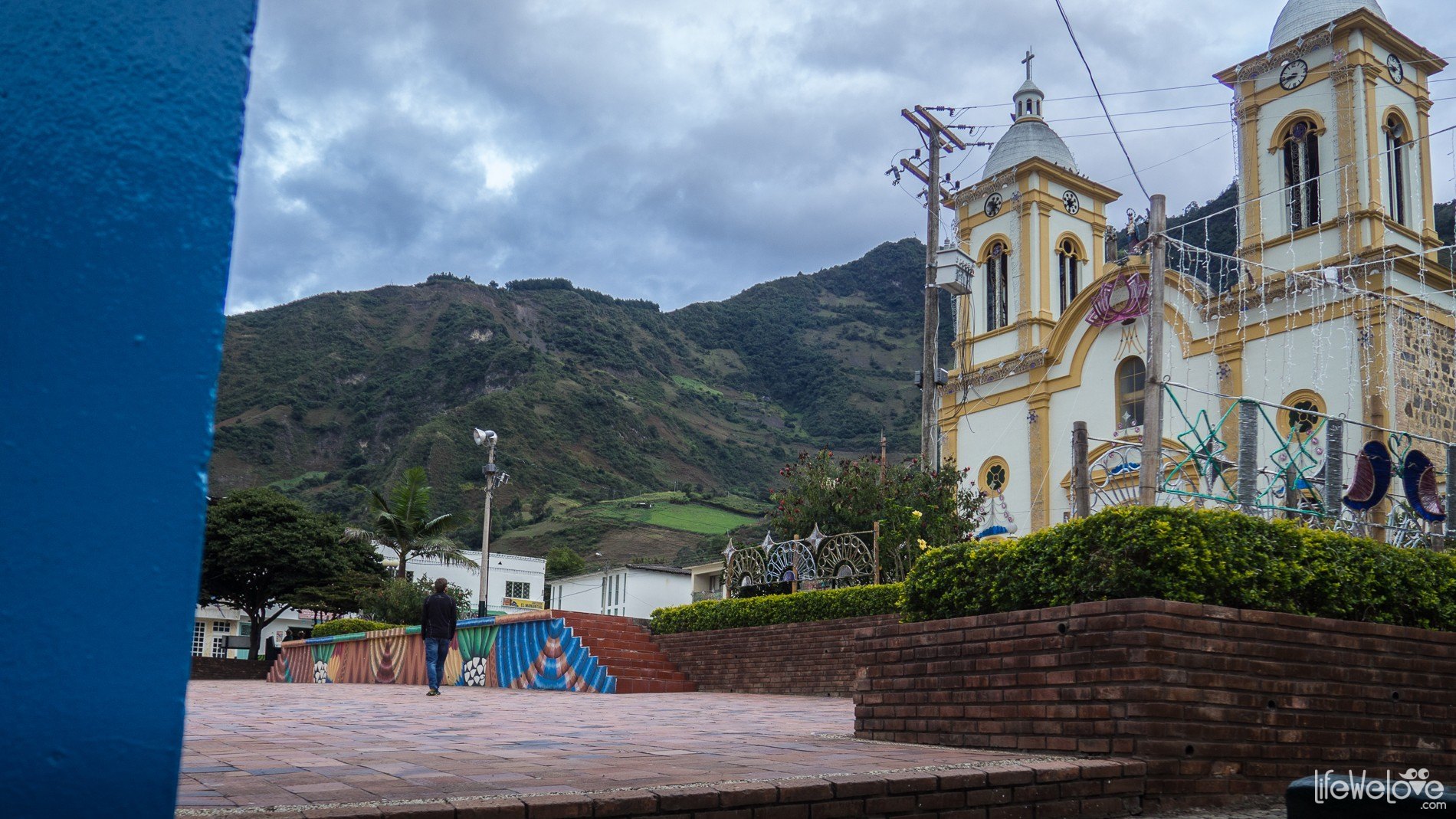
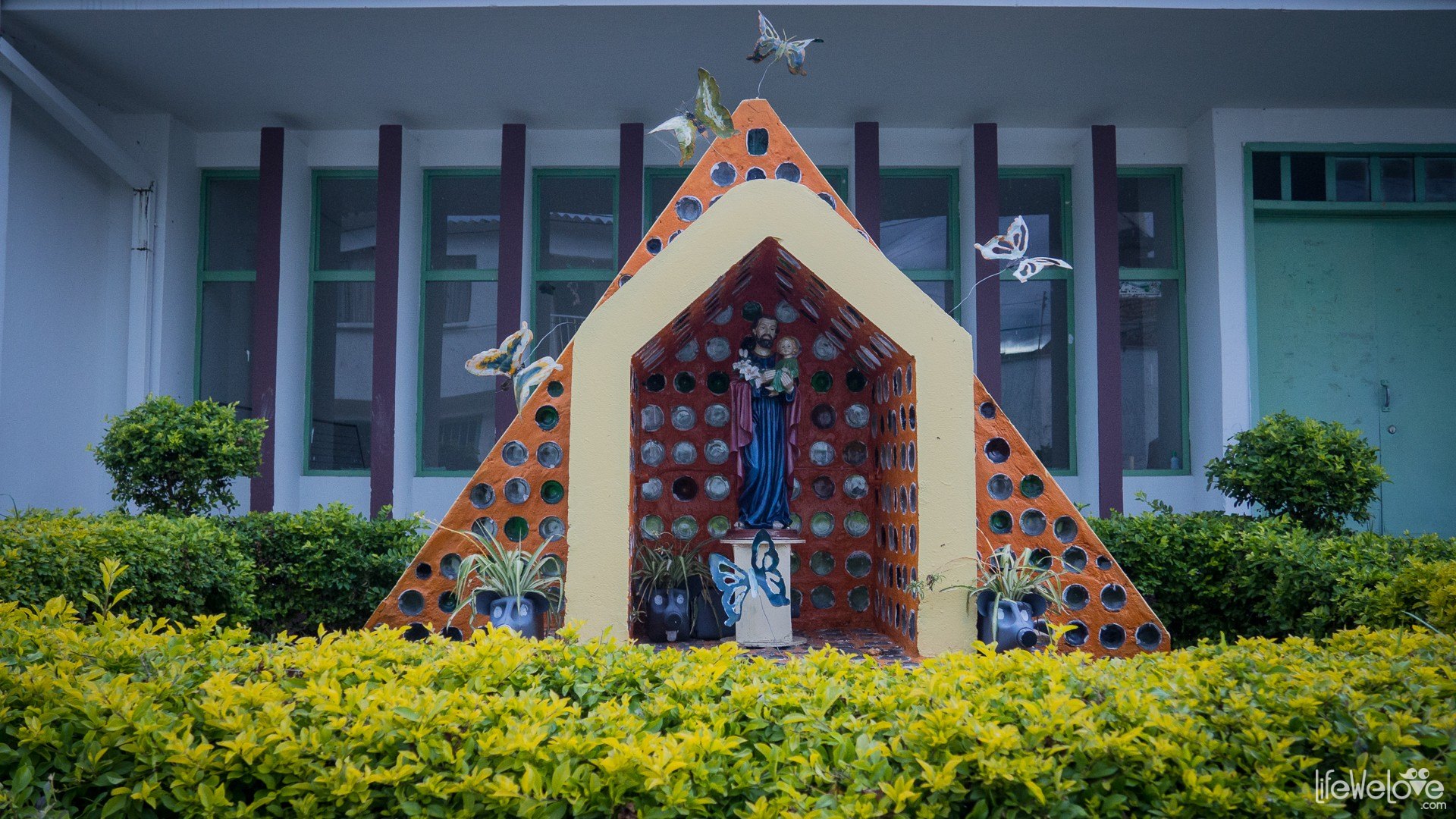
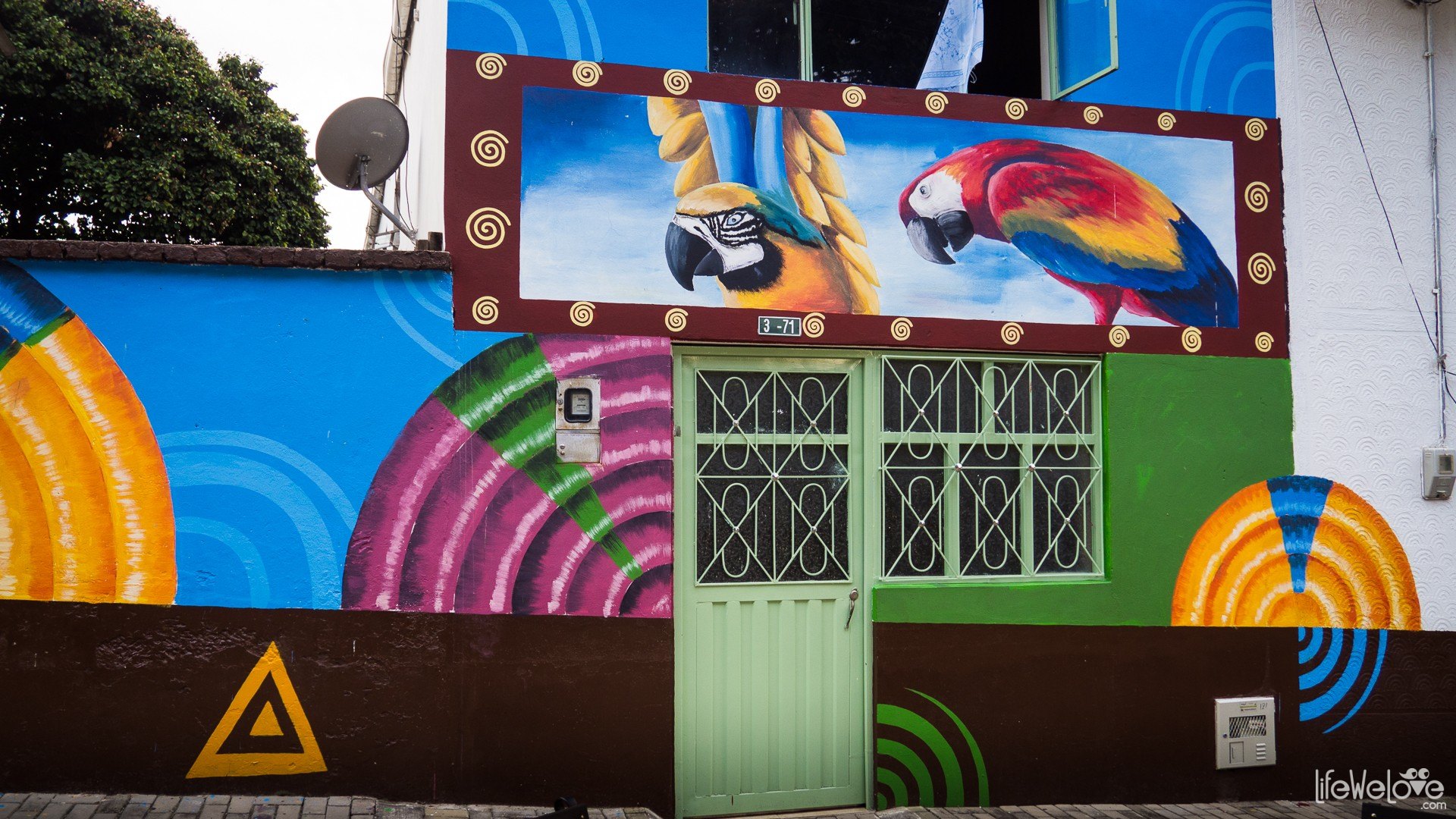
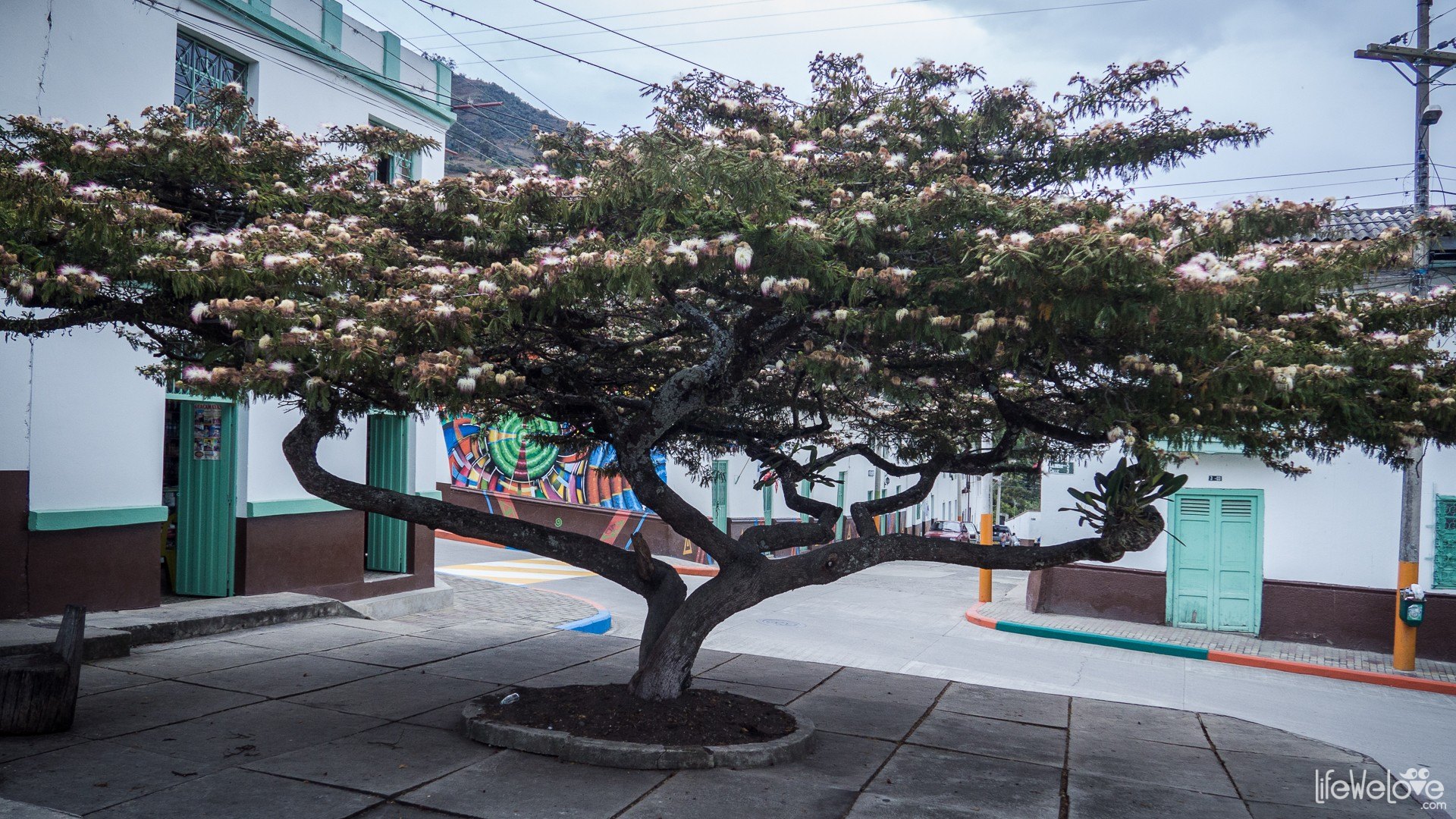
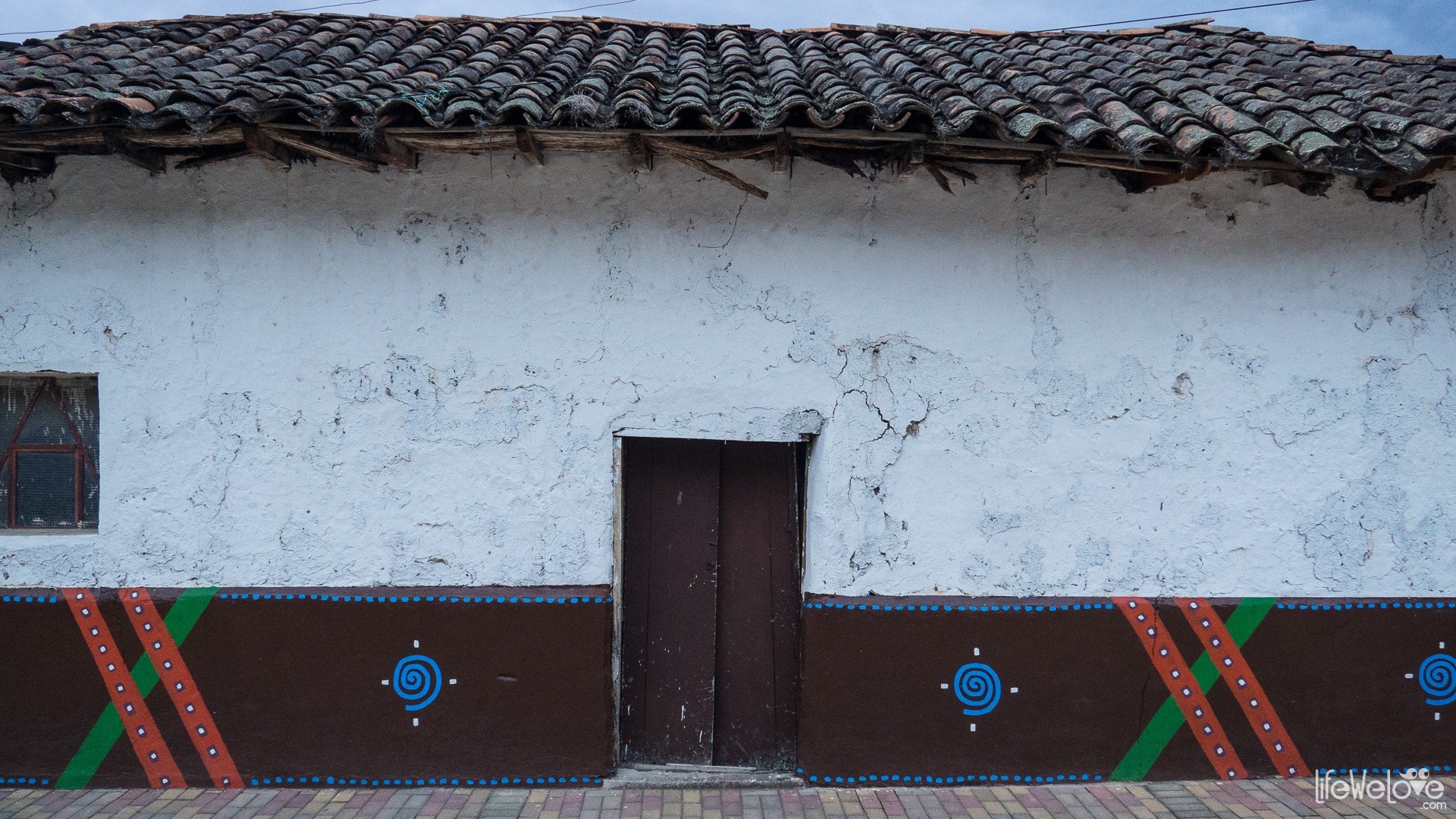


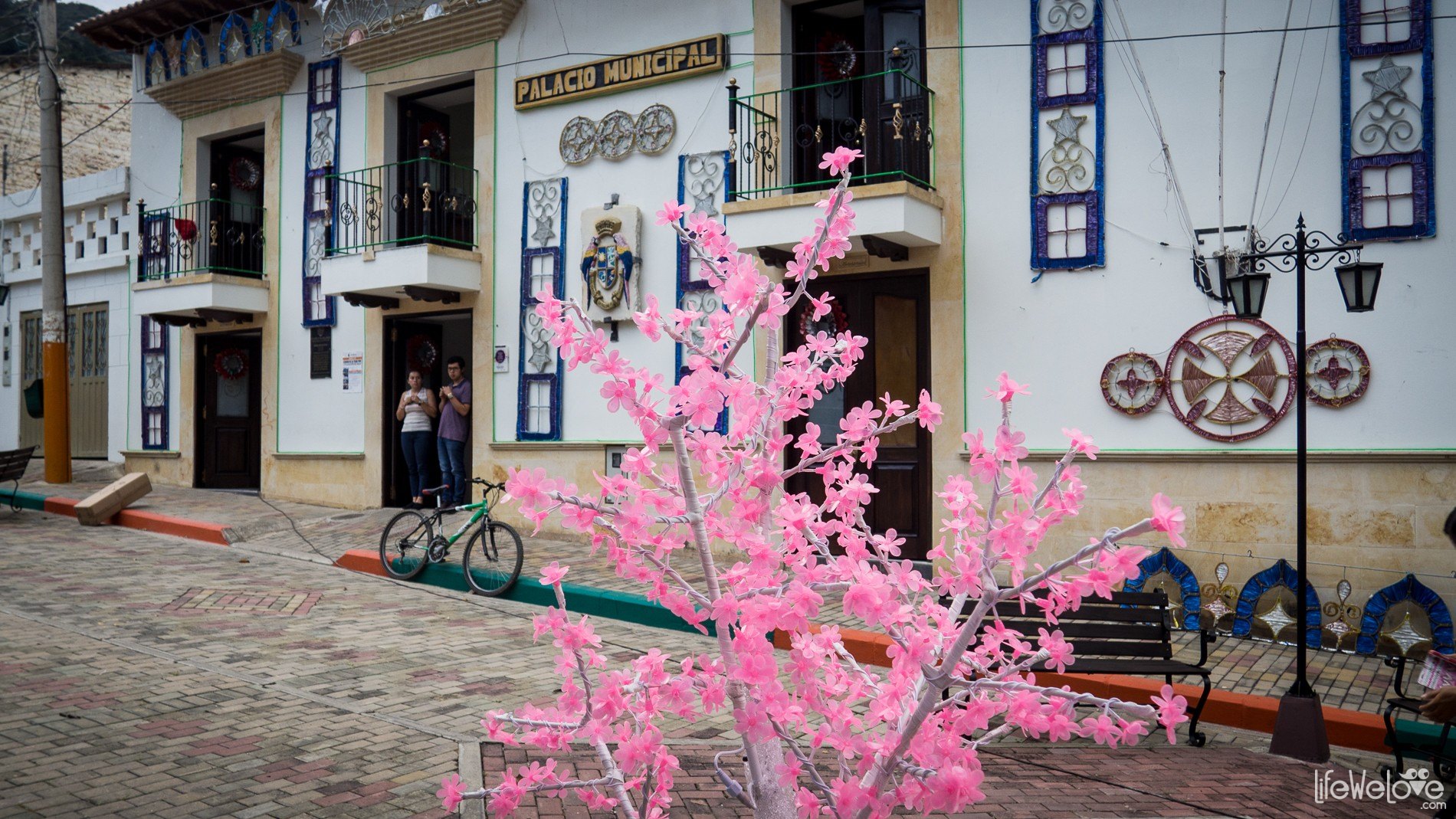
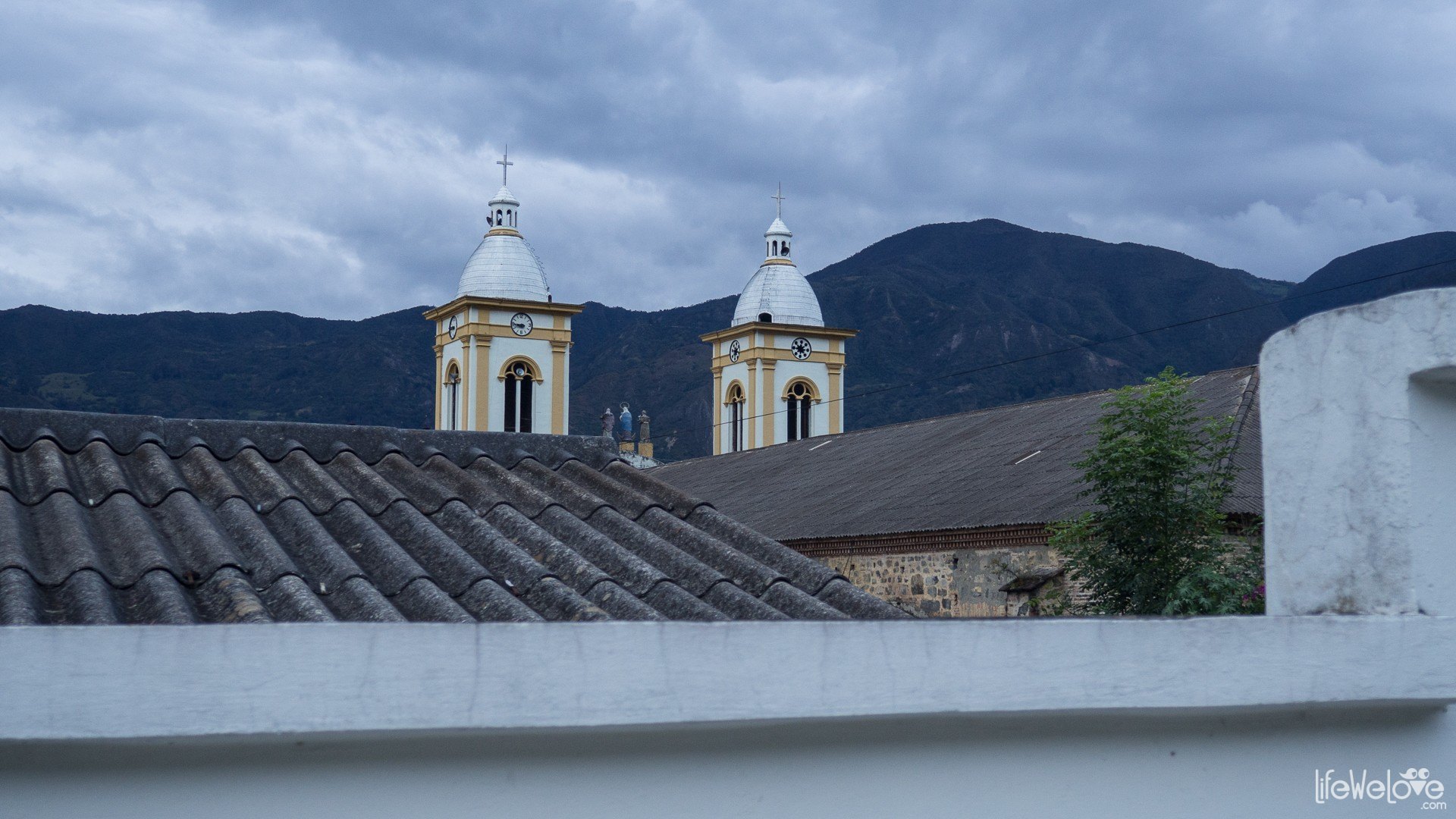
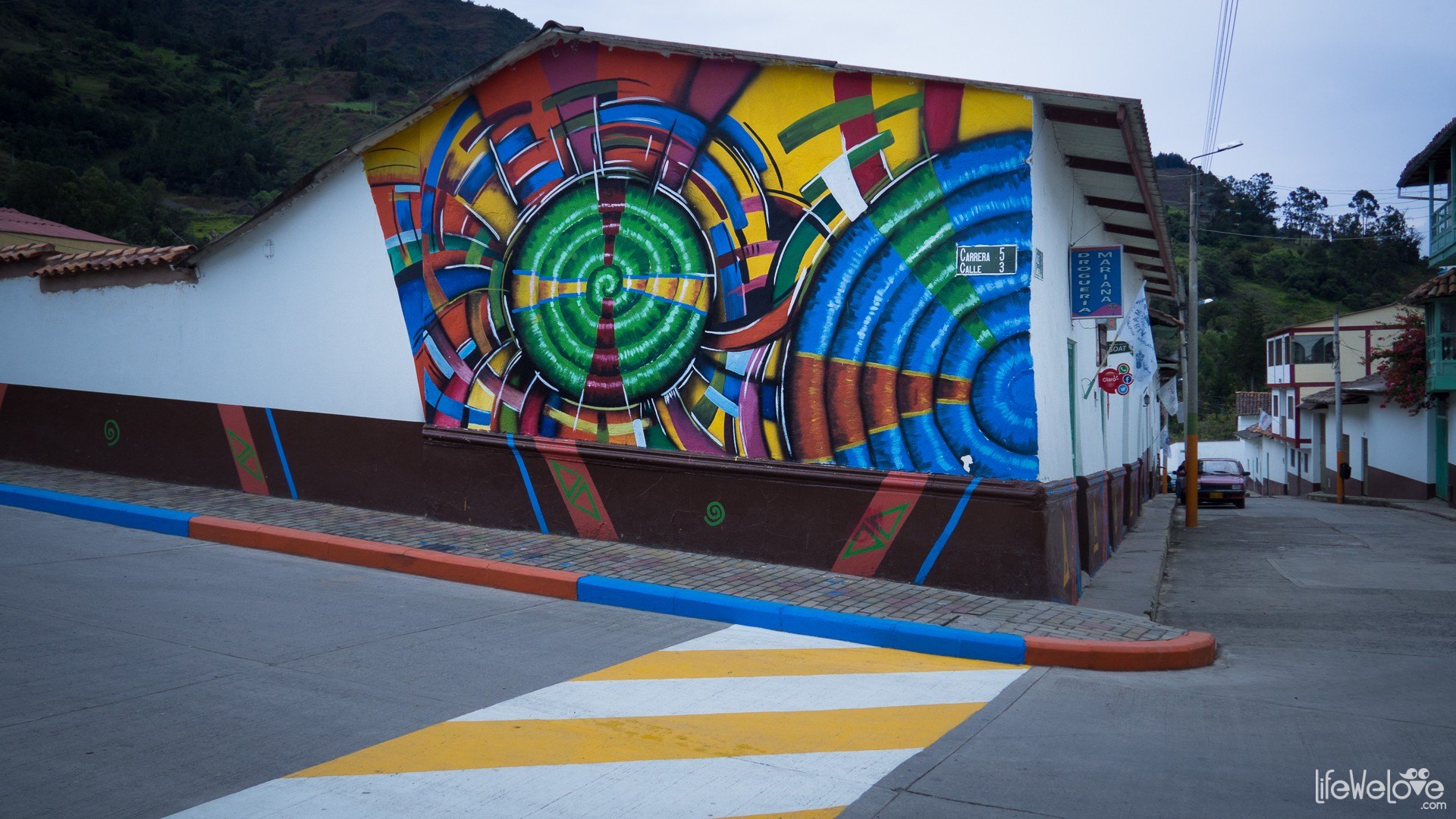
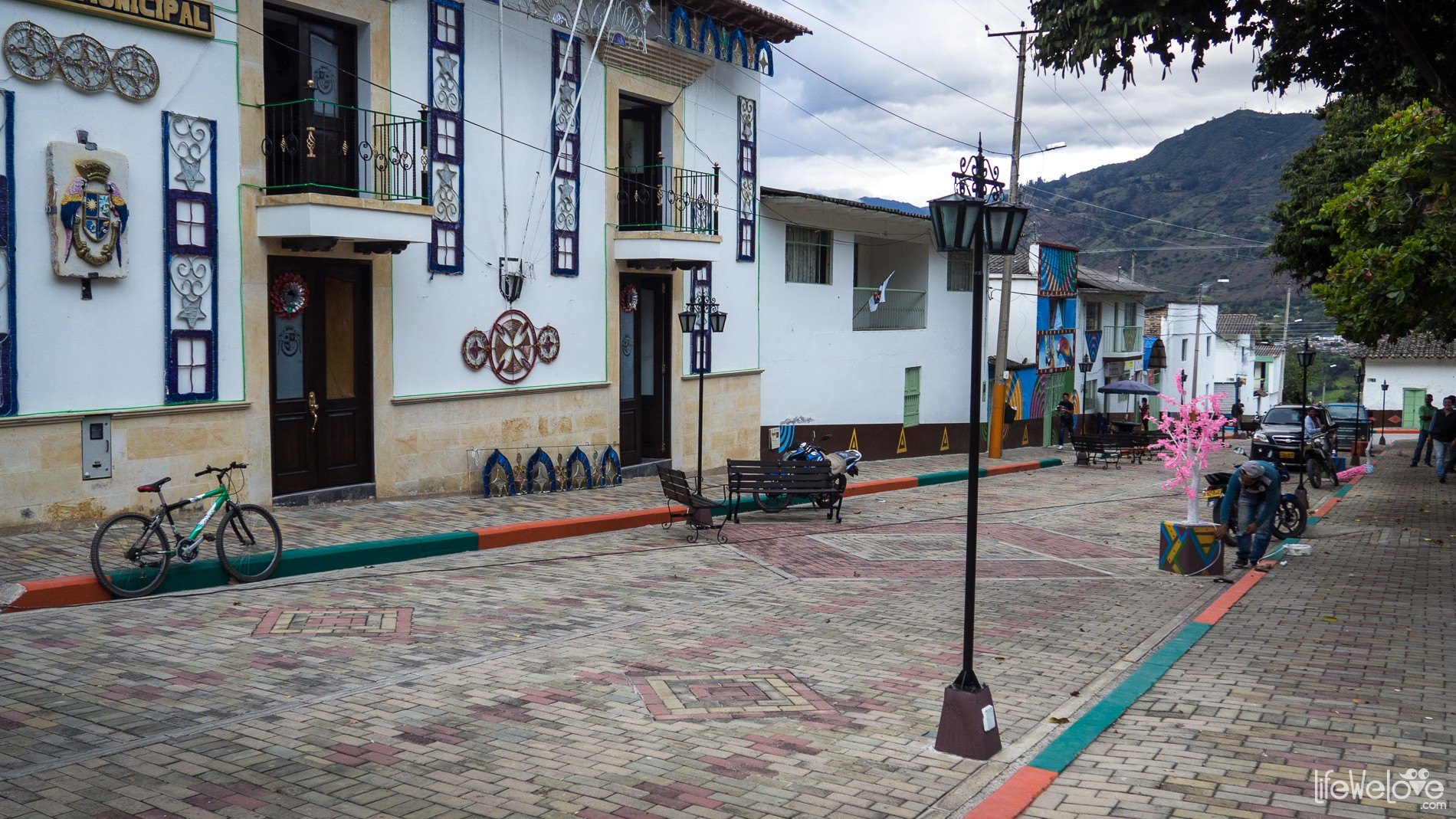
The candle festival dates back to December 7, 1854, when Pope Pius IX established the dogma of the Immaculate Conception of the Virgin Mary. As a sign of support and commemoration of this event, in many places around the world the faithful lit candles and lanterns. The Catholic Church in Colombia has kept this tradition to this day, and we, being December 7 in Colombia, had the opportunity to witness this charming, and with the culmination laud and joyous ceremony. That night, undoubtedly, the Virgin Mary is a star, and the preacher is the master of ceremonies. Held in the back of the car, decorated with flowers and wreaths, Mary leads a string of local families. Children and teenagers, dressed in Santa's ornaments, sing and play drums.
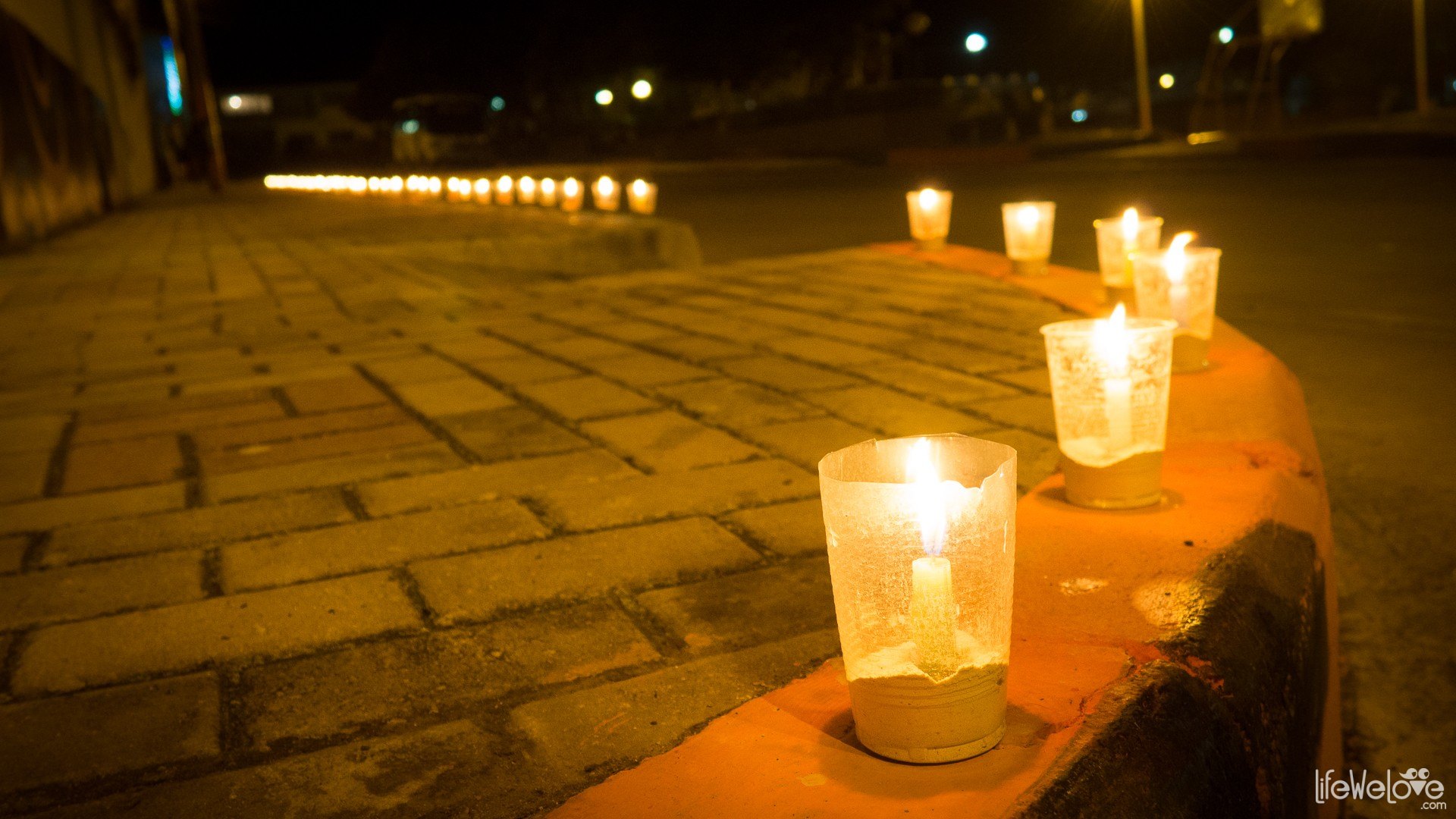

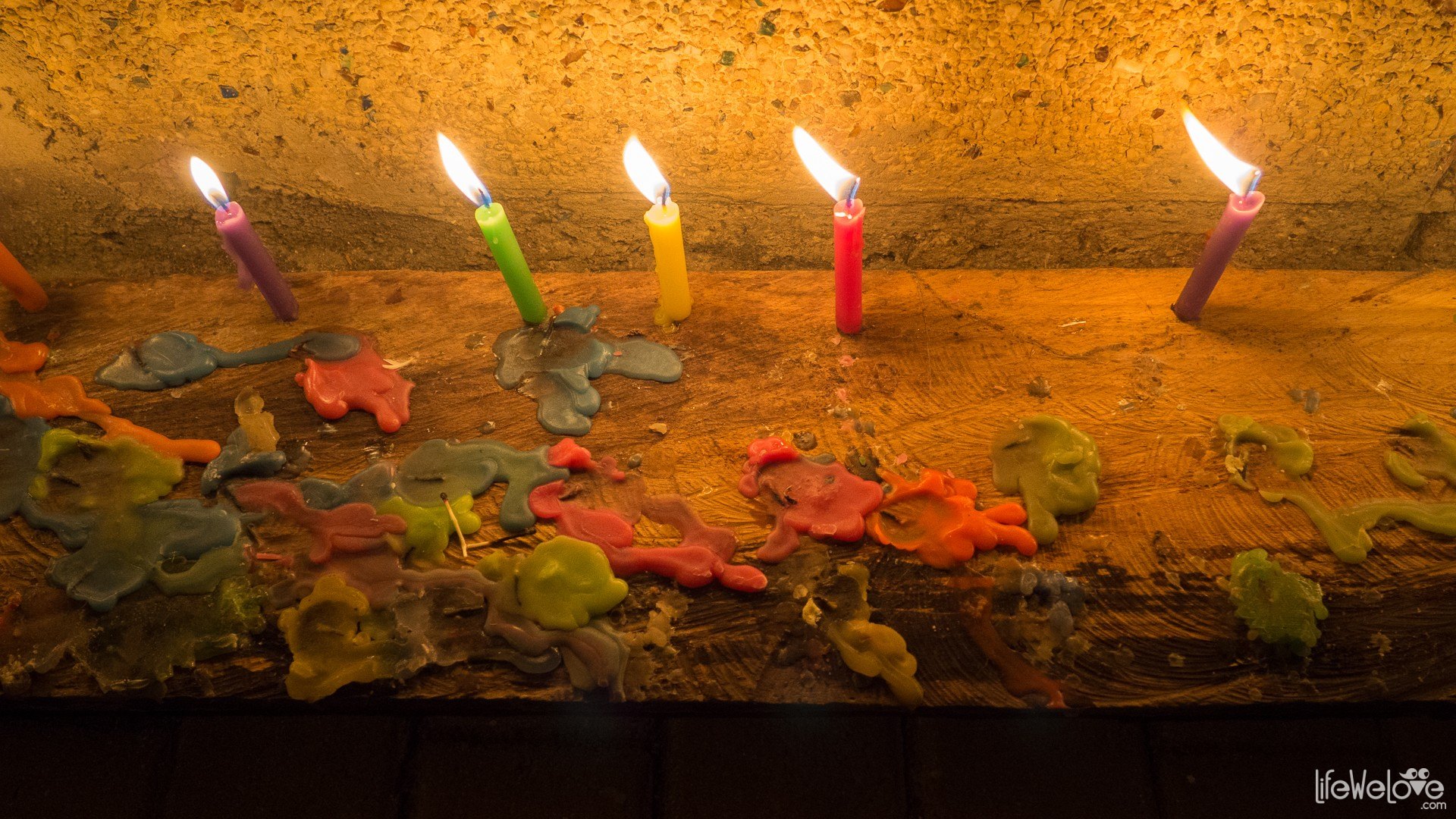

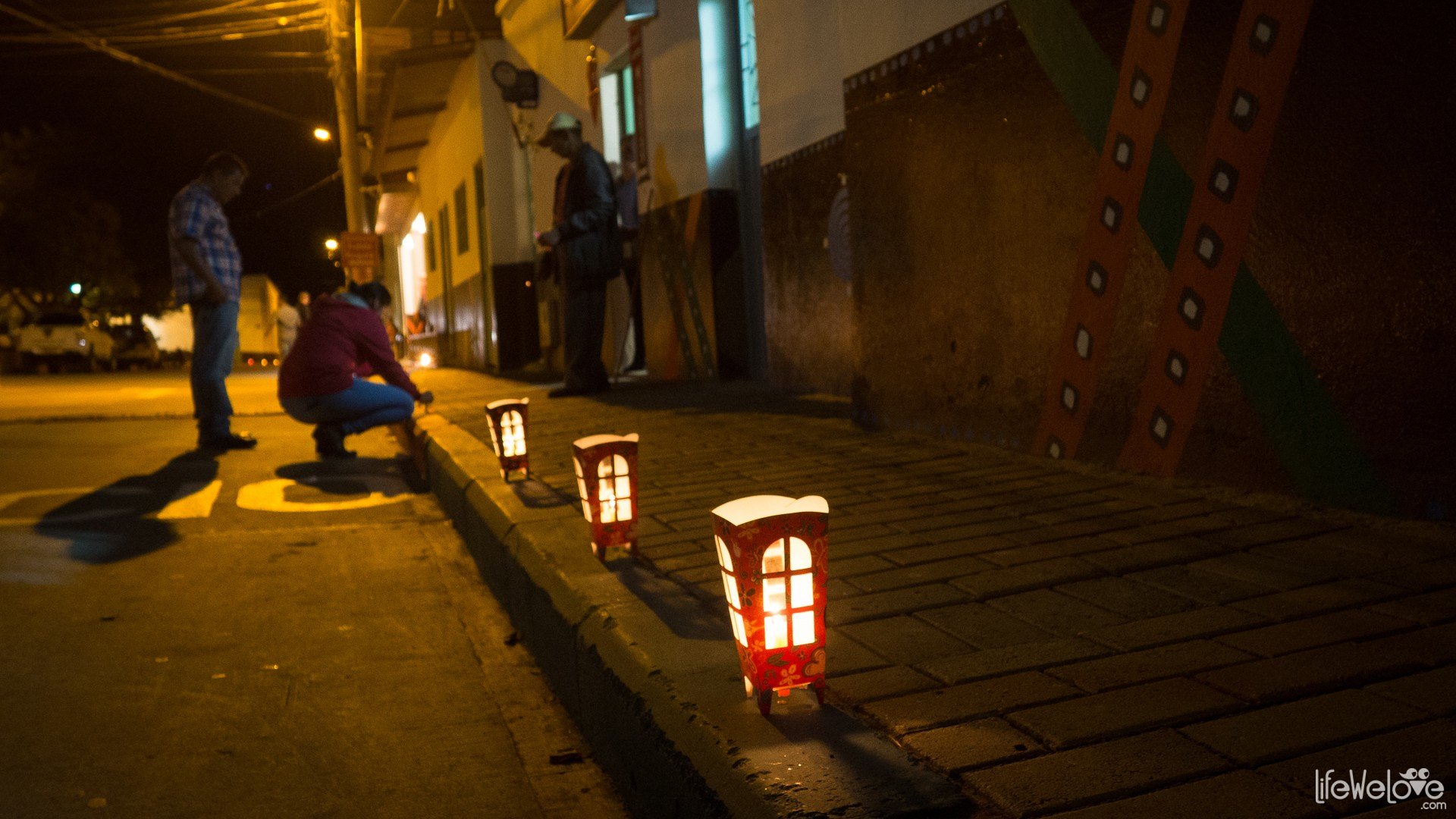
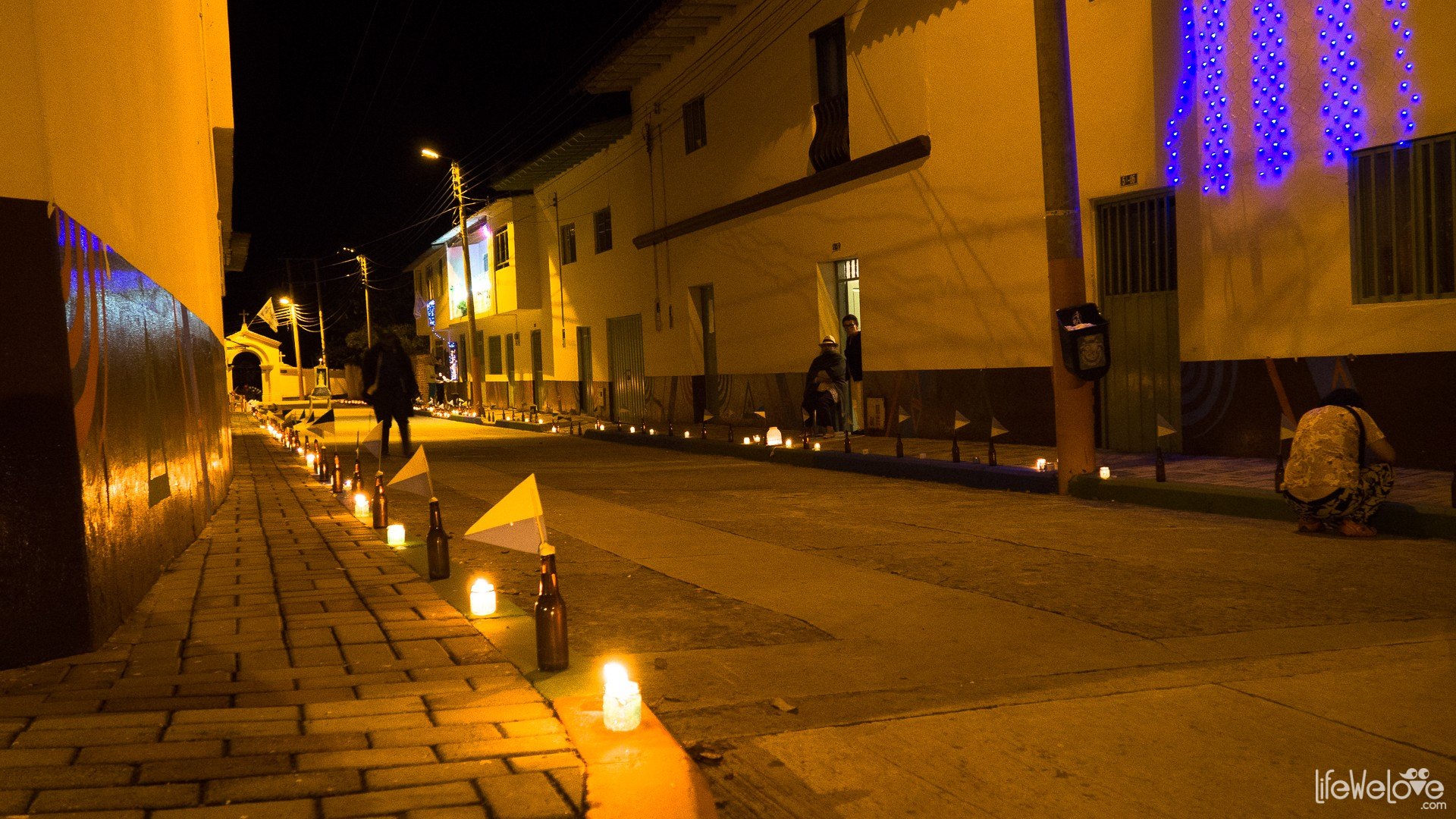
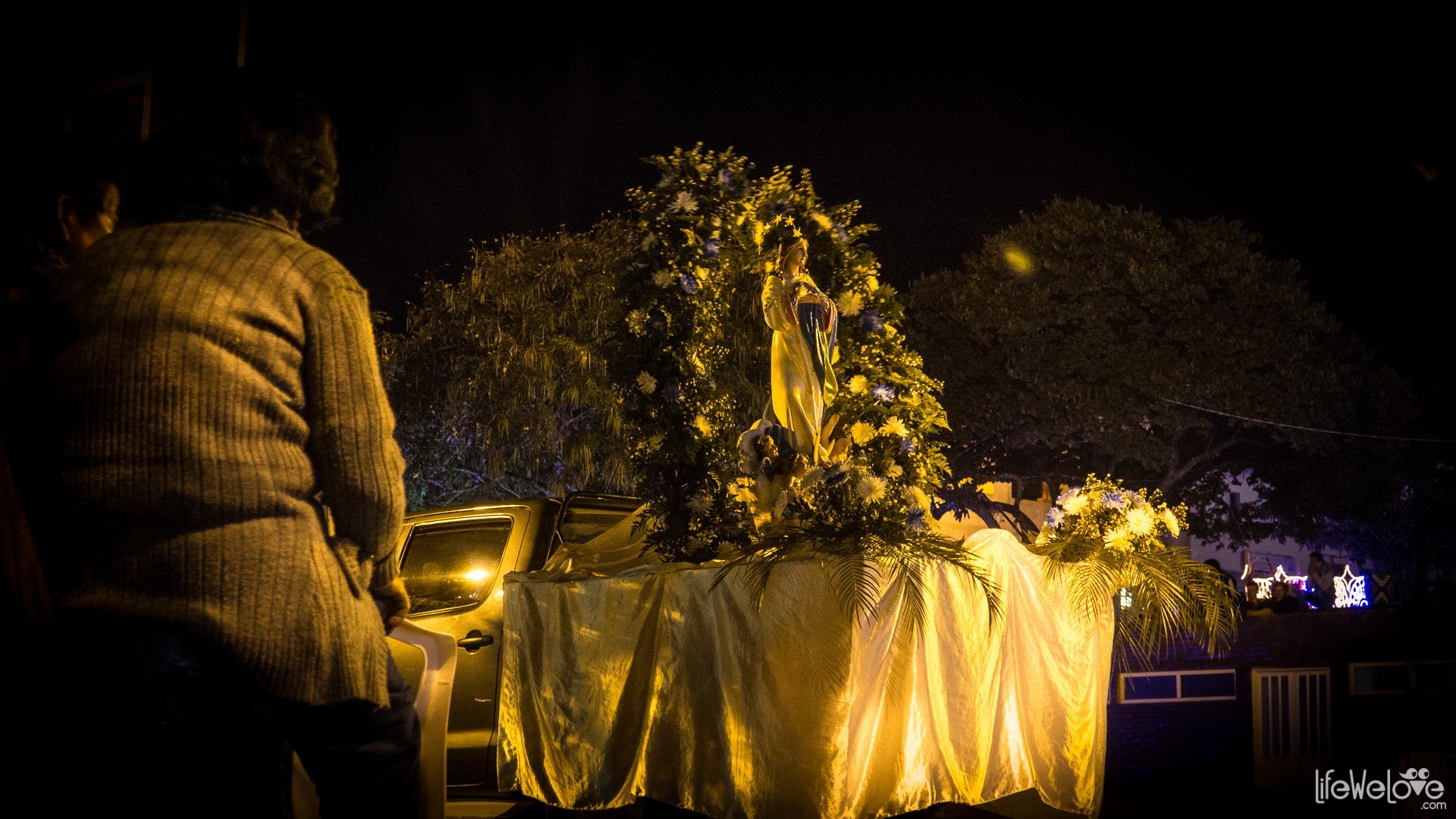
For how many gathered on the city square, the Virgin Mary is still the "modern" embodiment of Pachamama, Mother Earth, the mythical Inca goddess, from the ancient times worshiped by the Andes population, we do not know. We know, however, that along with the imposition of Christianity in these parts, such syncretism, combining these two forms is still present and explains the apparent cult of the Virgin Mary among the people, who still practice ancient rituals. Doesn't it give you food for thought?
Let the Christmas begin!
At 8 pm o'clock comes the big moment. Several natives fire hand-made flares and fireworks, the band entertains cheerfully, and thousand illuminations covering buildings, squares, playgrounds and windows brighten the entire town. It's a sign that we're celebrating Christmas from now on! An unforgettable impression.
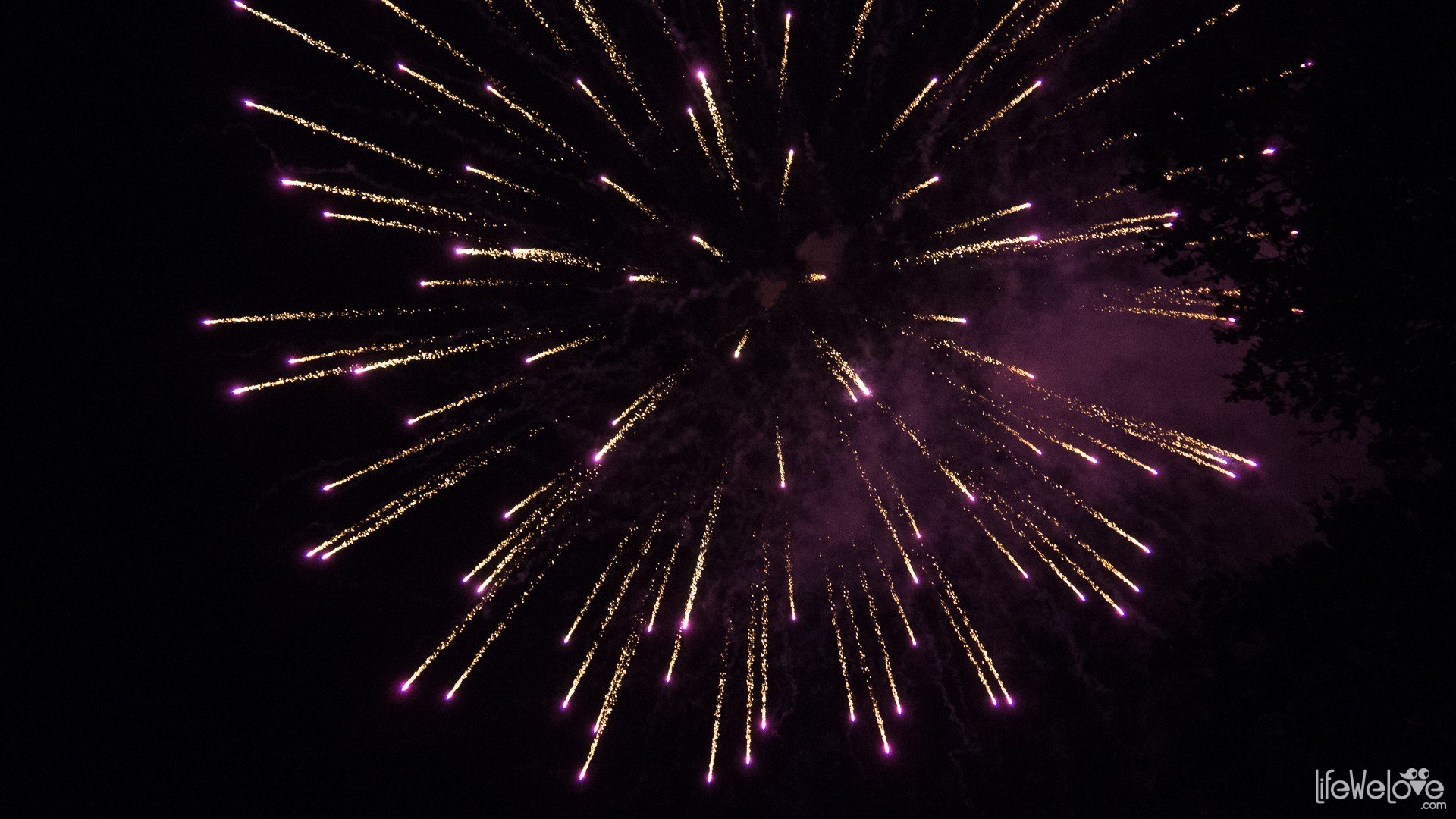

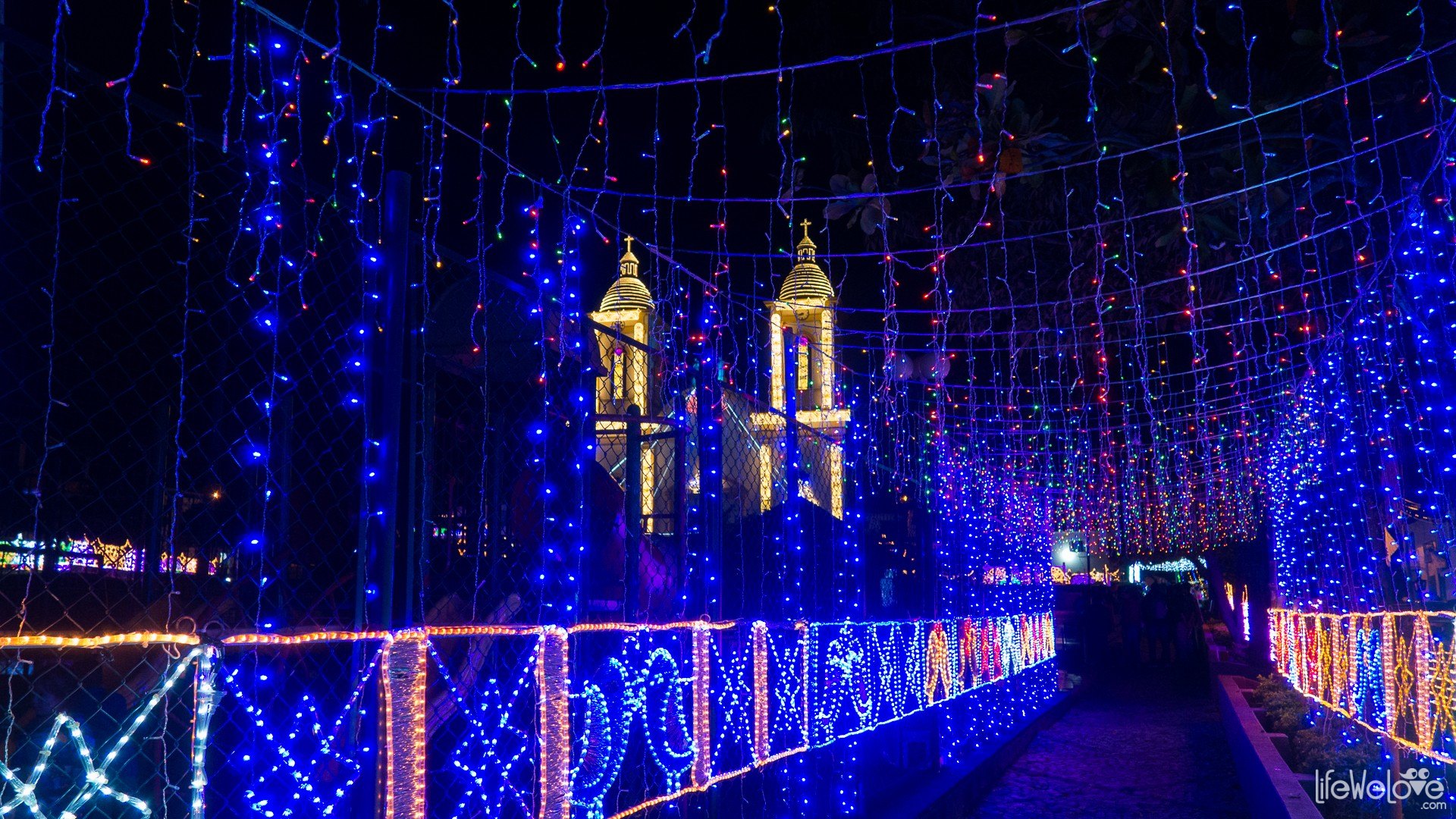
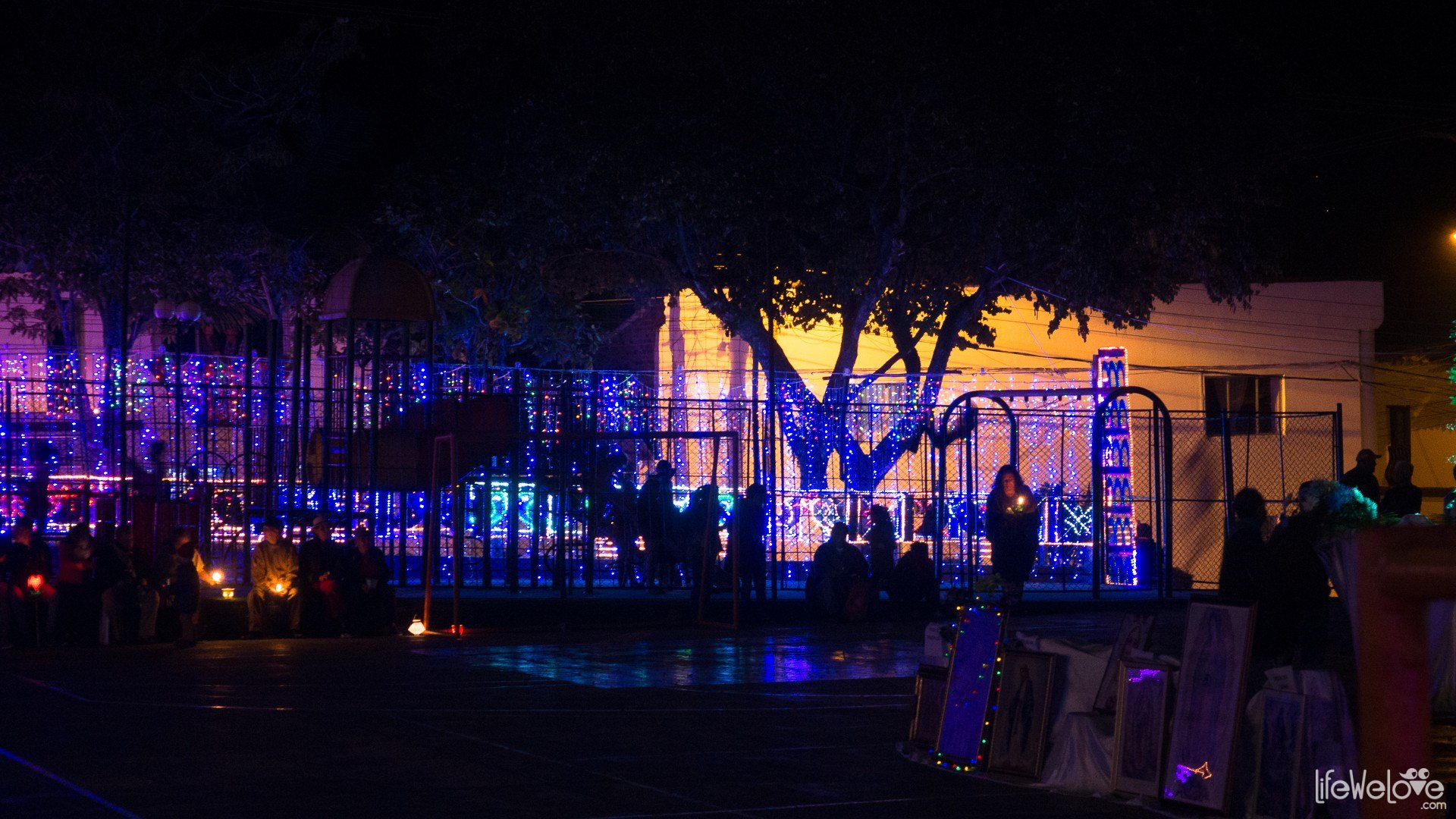
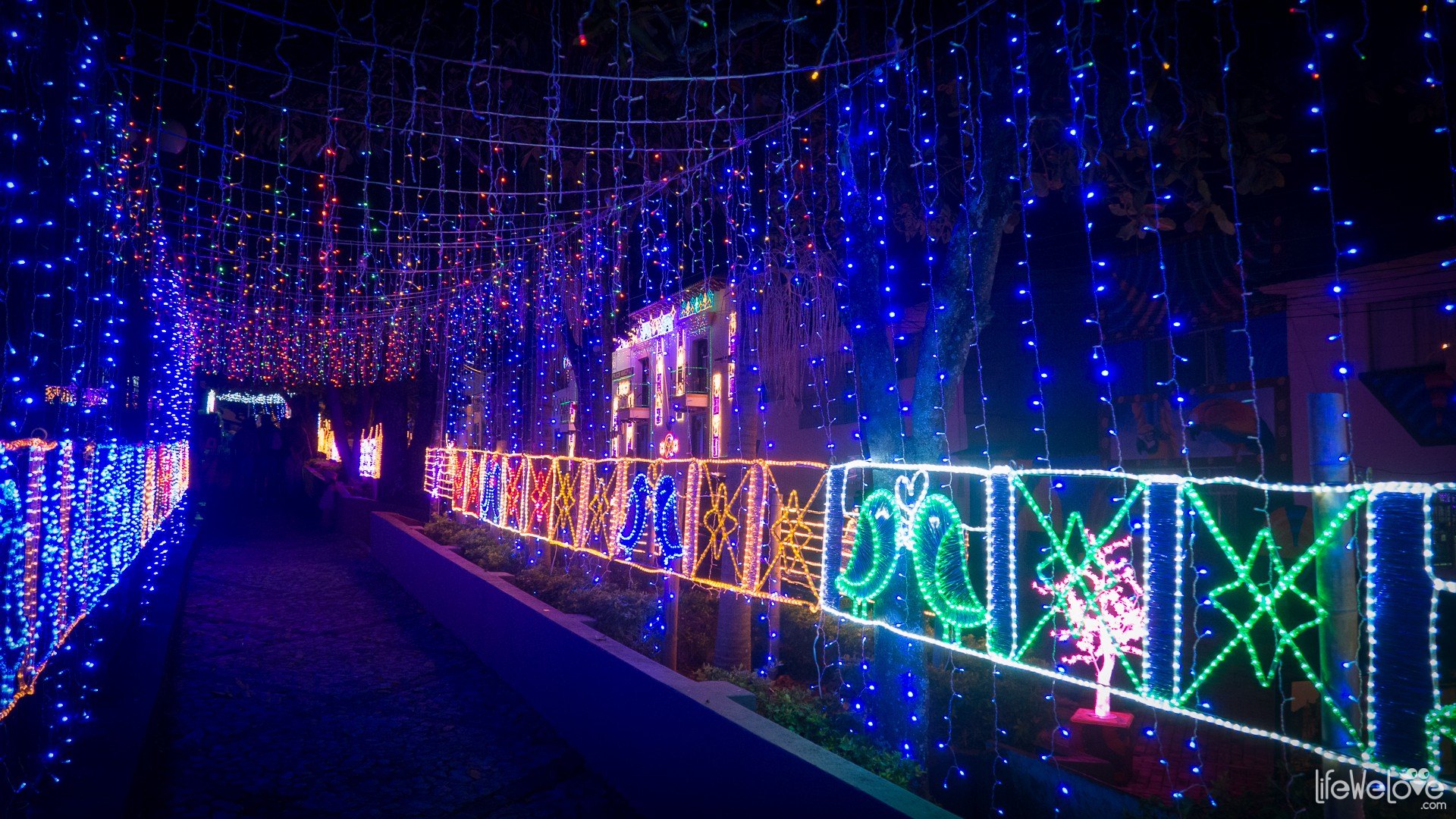
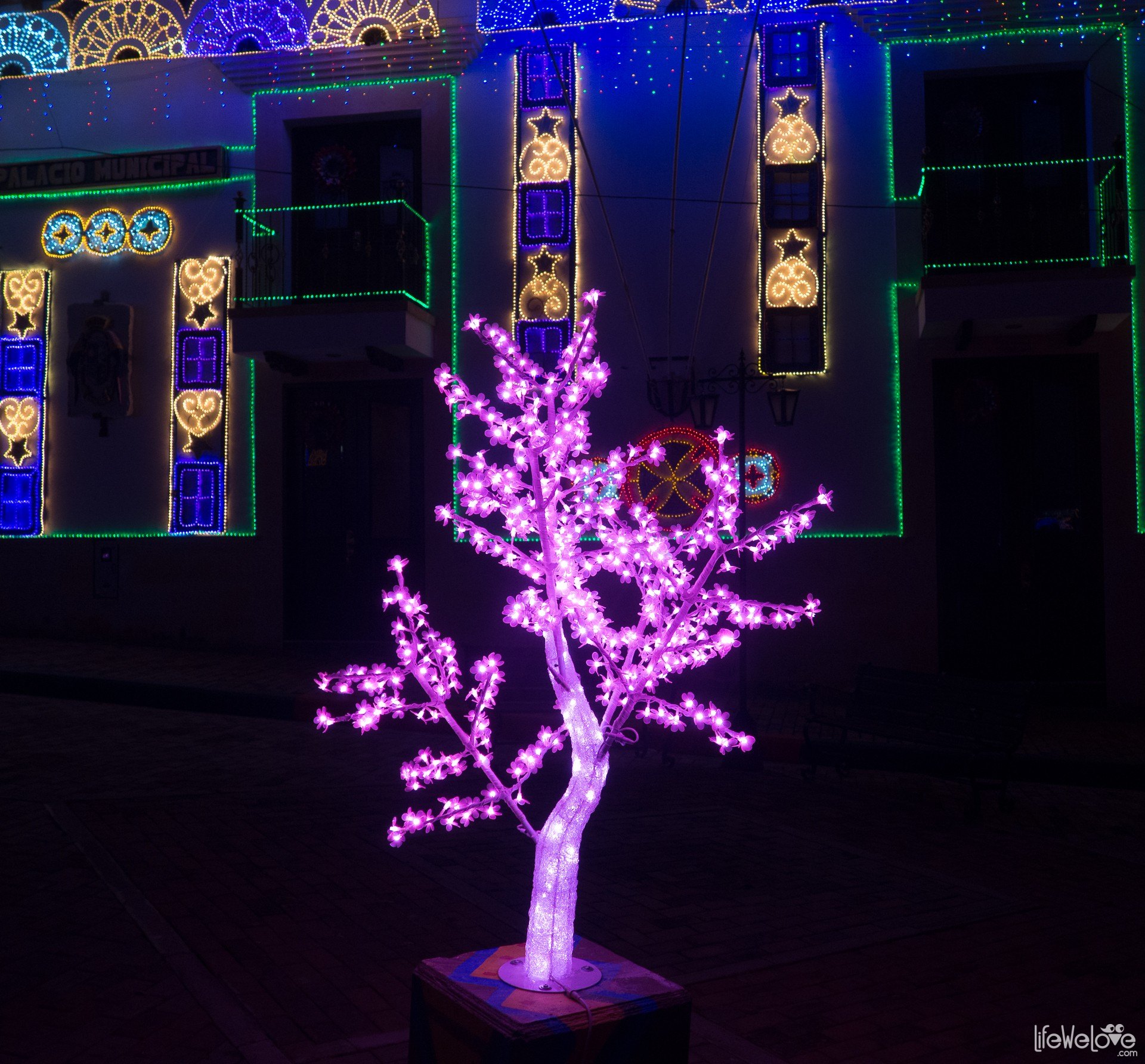
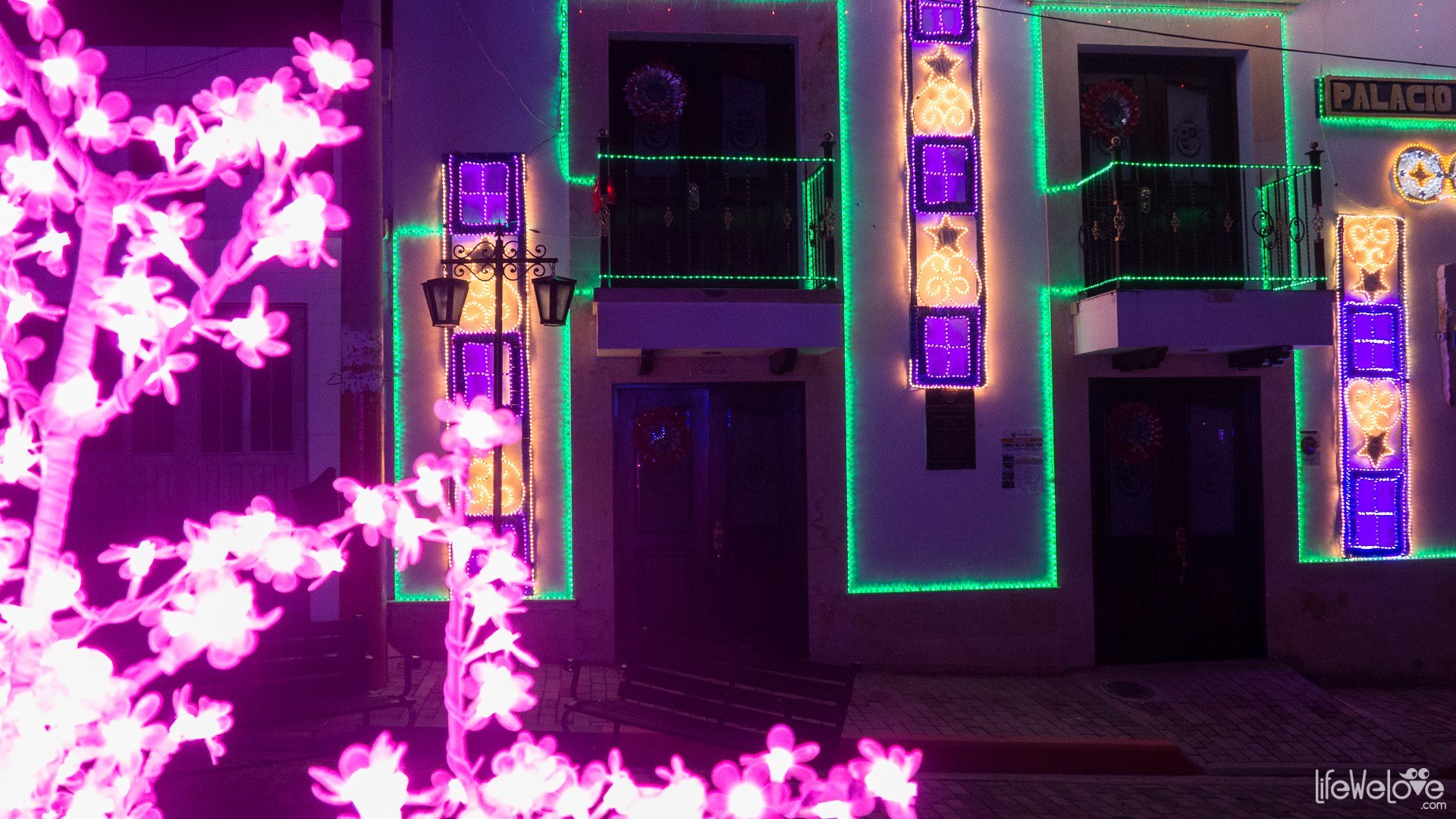


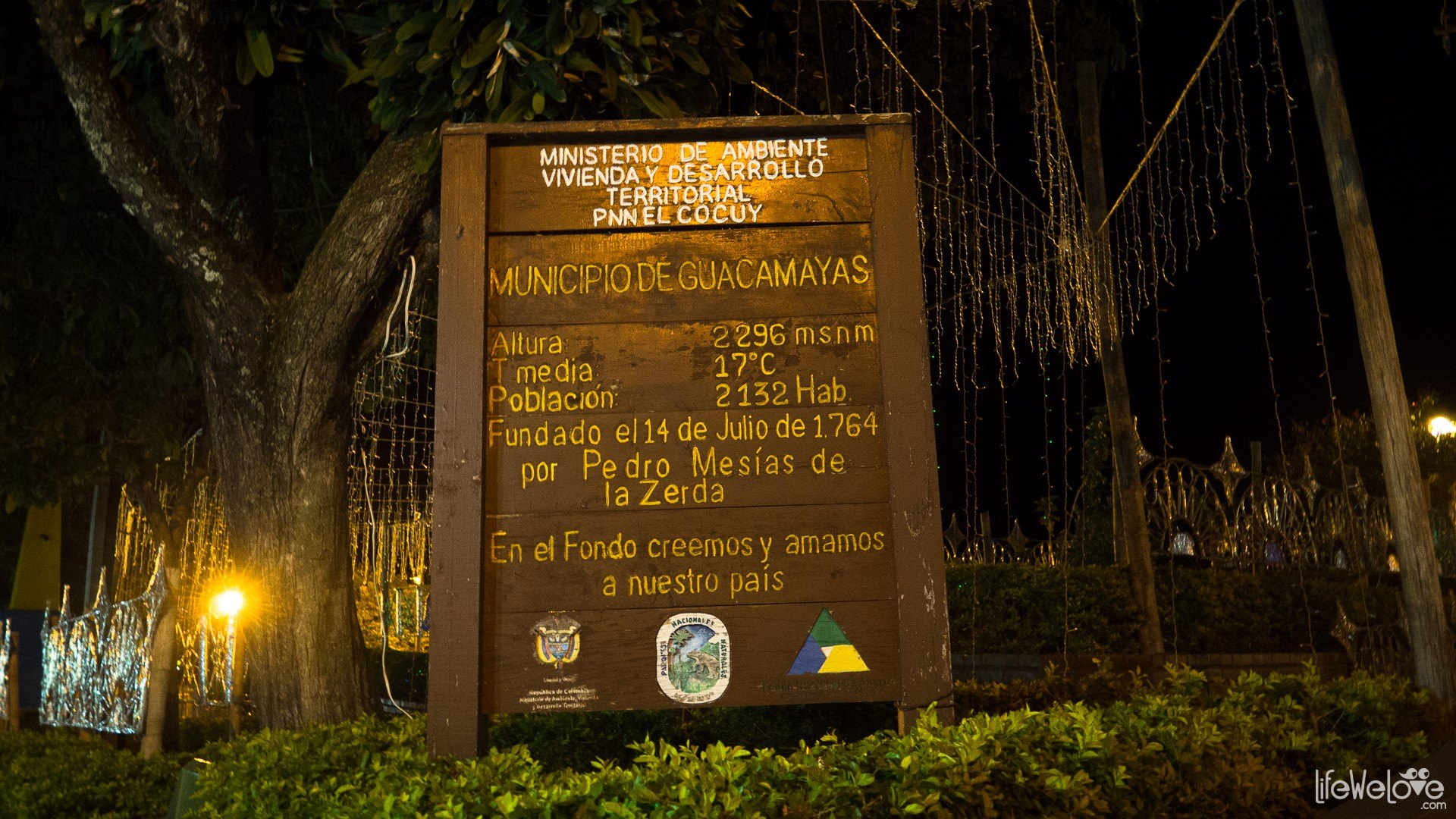


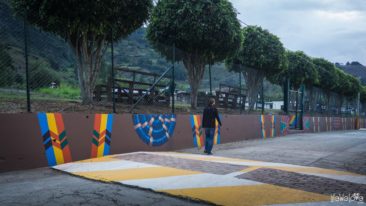
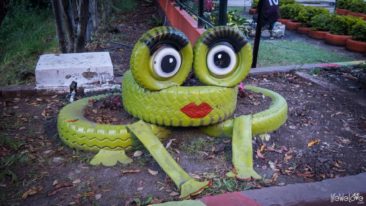
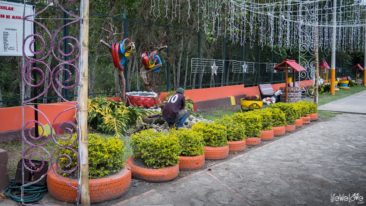
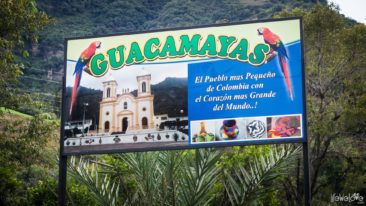
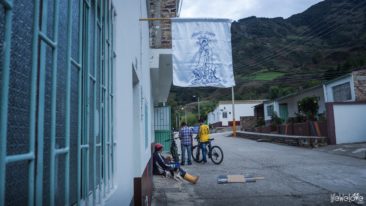
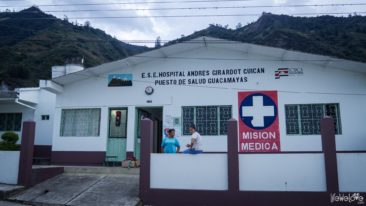
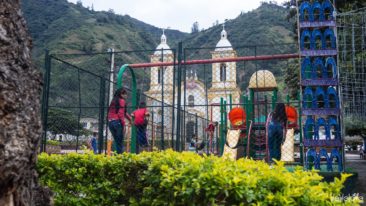
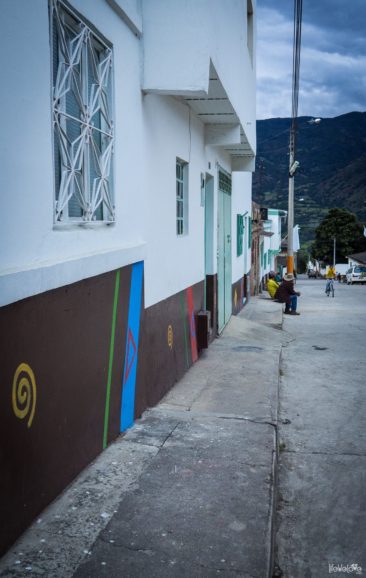
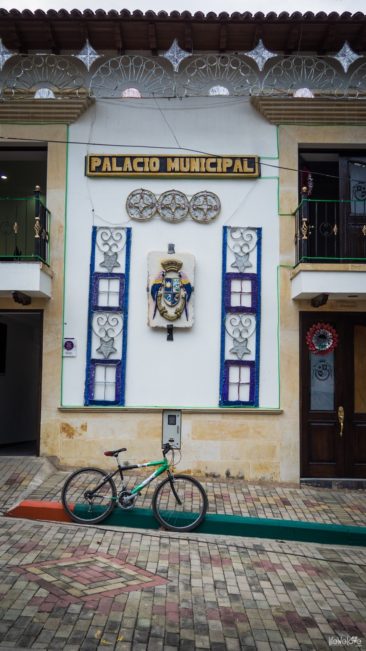
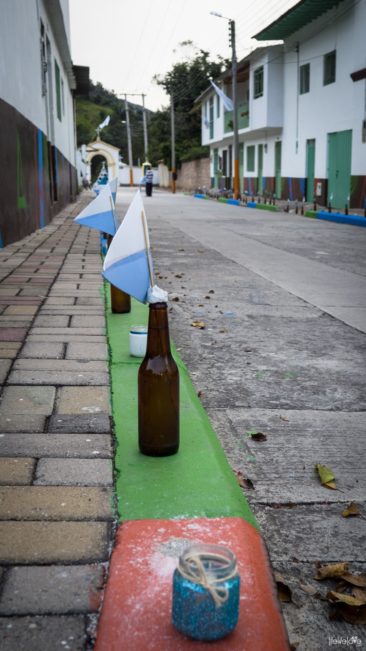
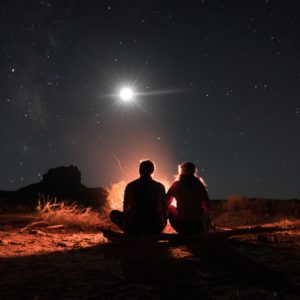


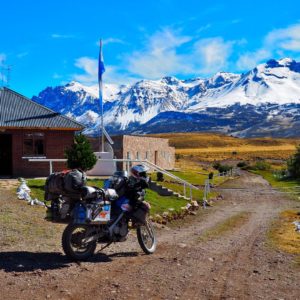
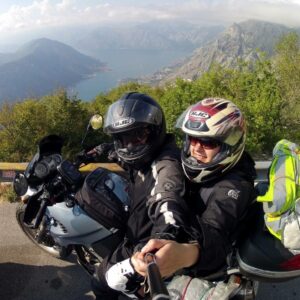


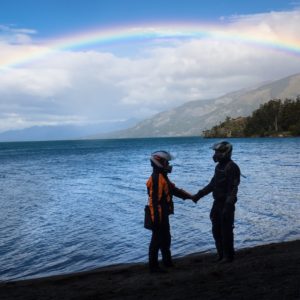

Leave a Reply